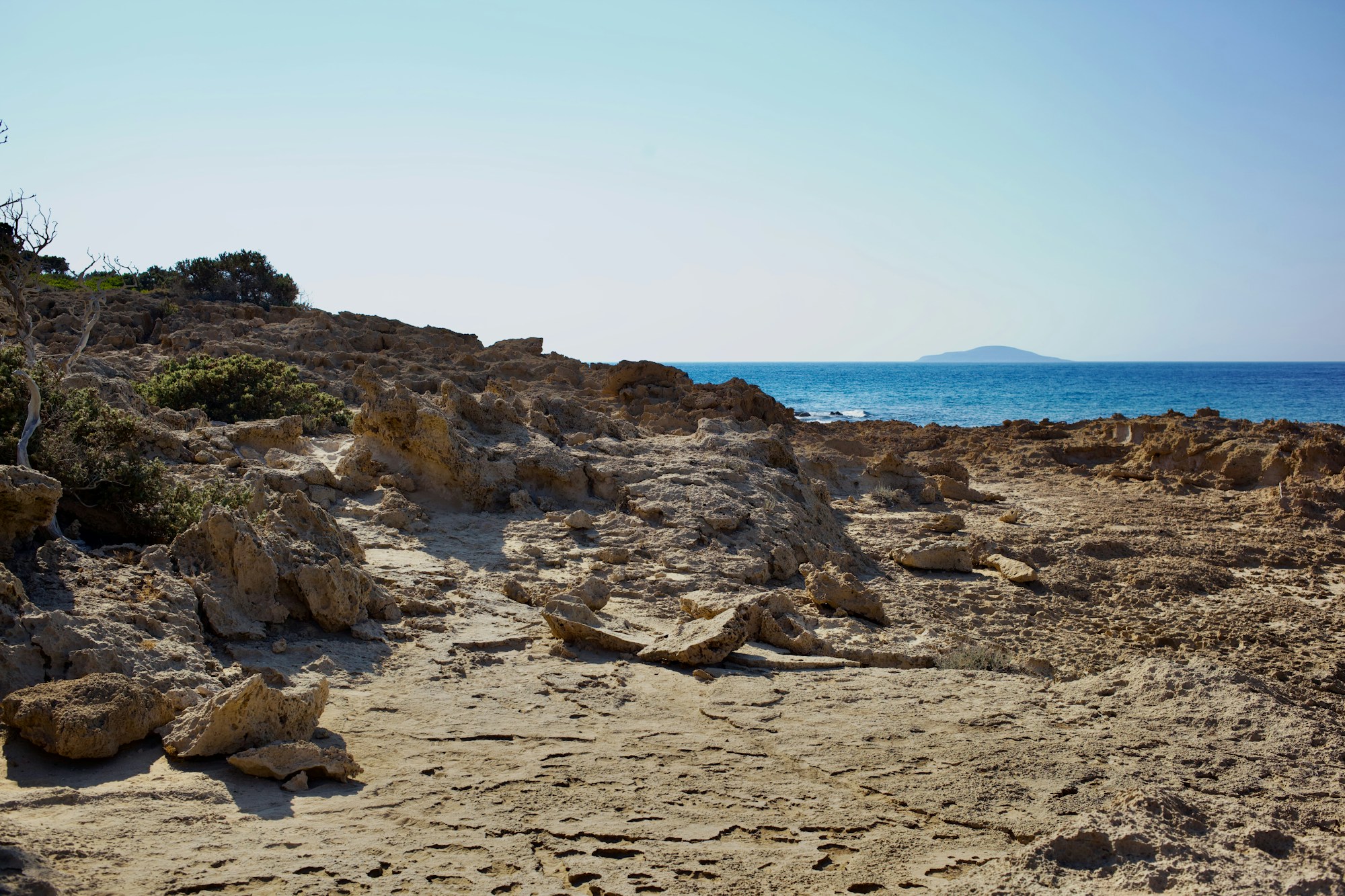Exploring Gavdos: History, Customs, and Festivals Guide
Discover Gavdos: Dive into its rich history, vibrant customs, and lively festivals in our ultimate exploration guide.

Exploring Gavdos: History, Customs, and Festivals Guide
Gavdos is a small island located in the southernmost point of Greece and Europe, known for its stunning landscapes, unspoiled beaches, and rich history. This travel guide will take you through the historical context, cultural practices, and customs as well as the festivals that breathe life into this charming island.
Historical Context
Gavdos has a storied past that dates back thousands of years. Archaeological evidence suggests that the island has been inhabited since the Neolithic era, with significant remains from the Minoan civilization being discovered. The island has been known by various names throughout history, including Ogygia, which is associated with the myth of Calypso who detained Odysseus in Homer’s Odyssey.
During the Roman period, Gavdos was used as a place of exile. This tradition continued during the Byzantine era up until the Venetian and Ottoman periods. The island was also occupied by the Germans during World War II and played a role in the evacuation of Allied troops from Crete.
Customs and Cultural Practices
Traditional Clothing
The traditional clothing in Gavdos is similar to that of Crete, which includes elements like woven fabrics, embroidered linens, and leather accessories. Women often wear colorful headscarves (kerchiefs) and long skirts, while men don linen shirts, waistcoats, and trousers with high boots.
Language and Communication
The primary language spoken on Gavdos is Greek, with many locals also fluent in English, especially those involved in tourism. Traditional Cretan dialects can also be heard, reflecting the close cultural ties to Crete.
Local Cuisine
The diet of Gavdos includes fresh, locally-sourced ingredients. Olive oil, wild greens, fish, and goat meat are staples. Notable dishes include:
- Kalitsounia: Small, sweet or savory pies often filled with cheese or herbs.
- Chochlioi Boubouristi: Snails fried with rosemary and vinegar.
- Dakos: A traditional Cretan salad with barley rusks, tomatoes, capers, and mizithra cheese.
- Raki: A strong distilled spirit often consumed after meals.
Daily Life and Economy
Daily life in Gavdos is characterized by a slower pace, reflecting its small population and remote location. The economy is primarily driven by tourism, fishing, and agriculture. The island has limited amenities but boasts several family-run tavernas, small shops, and basic healthcare facilities.
Festivals and Celebrations
Religious Festivals
Many of the festivals in Gavdos revolve around religious traditions, closely tied to the Greek Orthodox calendar.
- Easter: Easter is the most significant religious event of the year. Celebrations include church services, processions, and a grand feast featuring roast lamb, red-dyed eggs, and an array of traditional dishes.
- Assumption of the Virgin Mary (August 15): This is another major celebration with church services, communal meals, and often live music and dancing in the village squares.
National Holidays
Greek national holidays are also observed on Gavdos with parades, traditional music, and communal gatherings.
- Greek Independence Day (March 25): Marked by a church service and a parade celebrating Greece’s independence from Ottoman rule.
- Ohi Day (October 28): Commemorates Greece’s refusal to allow Axis forces to enter the country during World War II. The day includes a parade and patriotic speeches.
Local Anecdotes and Legends
One of the most captivating aspects of Gavdos is its wealth of local anecdotes and legends that have been passed down through generations.
- The legend of Calypso and Odysseus: As mentioned, Gavdos is associated with the myth of Calypso, the nymph who is said to have kept Odysseus captive on her island for seven years.
- The story of Saint John the Hermit: Local folklore tells of this saint who lived on the island in seclusion, praying and performing miracles, whose cave can still be visited today.
Interesting Facts
A visit to Gavdos is made even more intriguing by its unique characteristics and notable facts:
- Gavdos holds the title of the southernmost point of Europe. A chair sculpture marks the exact spot, making it a popular photo opportunity.
- The island's total permanent population is around 150 people, making it one of the least populated islands in Greece.
- The island covers an area of 32 square kilometers (12 sq mi) and has a rugged terrain with picturesque cliffs, valleys, and sandy beaches.
- Gavdos is known for its unparalleled natural beauty, offering untouched landscapes and numerous hiking trails for adventure enthusiasts.
Visiting Gavdos
Gavdos can be reached via ferry from the port of Sfakia in Crete. The island has minimal tourist infrastructure, which adds to its charm and seclusion. Accommodations range from basic guesthouses to campsites, providing a rustic and authentic experience for visitors seeking tranquility and natural beauty.
Embed Google Maps:
